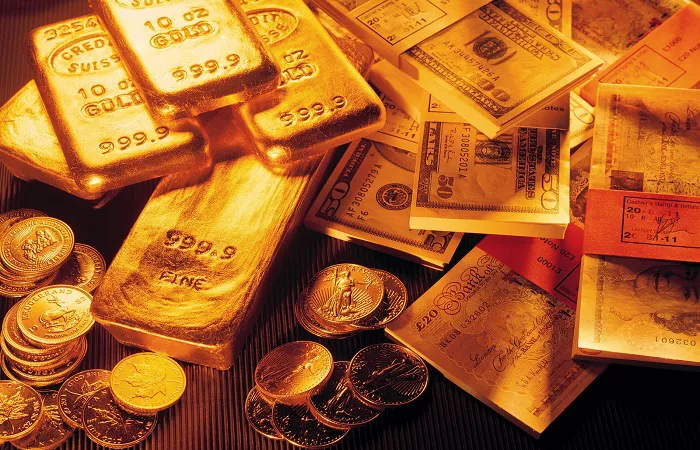The Basics of Gold Pricing
The Spot Price
The spot price of gold is the current market price at which gold can be bought or sold for immediate delivery. This price is the foundation for all gold transactions, whether it’s a small coin or a large bar. It’s influenced by a wide range of factors, including economic data, geopolitical events, and central bank policies. For example, if there’s a sudden increase in global economic uncertainty, investors often flock to gold as a safe – haven asset, driving up the spot price.
Unit of Measurement
Factors Affecting the Price of Gold
The global supply of gold starts with mining. Major gold – producing countries include China, Australia, Russia, the United States, and South Africa. Mining production can be affected by many factors. For instance, if a large – scale gold mine in South Africa experiences a labor strike, the supply of gold entering the market will decrease. New discoveries of gold deposits can also impact supply. However, as easy – to – mine reserves are depleted, mining companies have to invest more in exploration and extraction techniques, which can limit the growth of supply.
Central Bank Reserves
Central banks around the world hold significant amounts of gold in their reserves. When central banks buy or sell gold, it can have a substantial impact on the global supply. For example, if several central banks in emerging economies decide to increase their gold reserves simultaneously, they will buy large quantities of gold, reducing the amount available in the open market and potentially driving up prices.
Demand – Side Factors
Gold is a popular investment asset. It’s often seen as a hedge against inflation and economic instability. In times of high inflation, the value of paper currencies may decline, but gold has historically maintained its value. For example, during the inflationary period of the 1970s in the United States, the price of gold soared as investors sought to protect their wealth. Investment demand also comes from exchange – traded funds (ETFs) that track the price of gold. When investors pour money into these ETFs, it increases the overall demand for gold.
Jewelry Demand
Industrial Demand
Calculating the Value of One Kilogram of Gold
Additional Costs and Considerations
When you purchase a kilogram of gold, you’ll likely have to pay a premium over the spot price. The premium covers the cost of fabrication, distribution, and the dealer’s profit. The amount of the premium can vary depending on the form of gold (bar, coin), the reputation of the manufacturer, and market conditions. For example, a kilogram gold bar from a well – known and reputable refiner may have a premium of 3% – 5% over the spot price. If the spot price is $1800 per troy ounce and the premium is 4%, the premium per troy ounce is $1800 x 0.04 = $72. For 32.15 troy ounces (in 1 kg), the total premium is 32.15 x $72 = $2314.8. So, the total cost of the kilogram gold bar would be $57,870 (spot price value) + $2314.8 (premium) = $60,184.8.
Storage Costs
Transaction Costs
Price Volatility of Gold
The price of gold is highly volatile. It can change rapidly in response to economic, geopolitical, and market events. For example, if there’s a sudden outbreak of war in a major oil – producing region, the price of gold may spike as investors seek safety. On the other hand, if there’s positive economic news, such as strong GDP growth and low unemployment, the price of gold may decline as investors shift their funds to riskier assets.
Short – Term Volatility
Long – Term Trends
Conclusion
Related topics:
- HOW MUCH IS ONE KILO OF GOLD WORTH?
- HOW MUCH IS A 5KG GOLD BAR WORTH?
- GOLD SURPASSES $3,000 MARK AMID MARKET UNCERTAINTY


